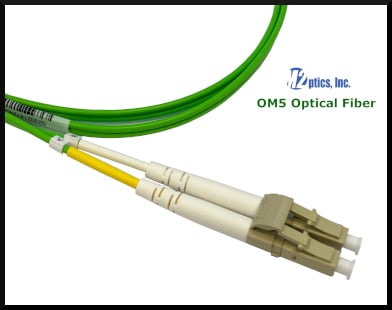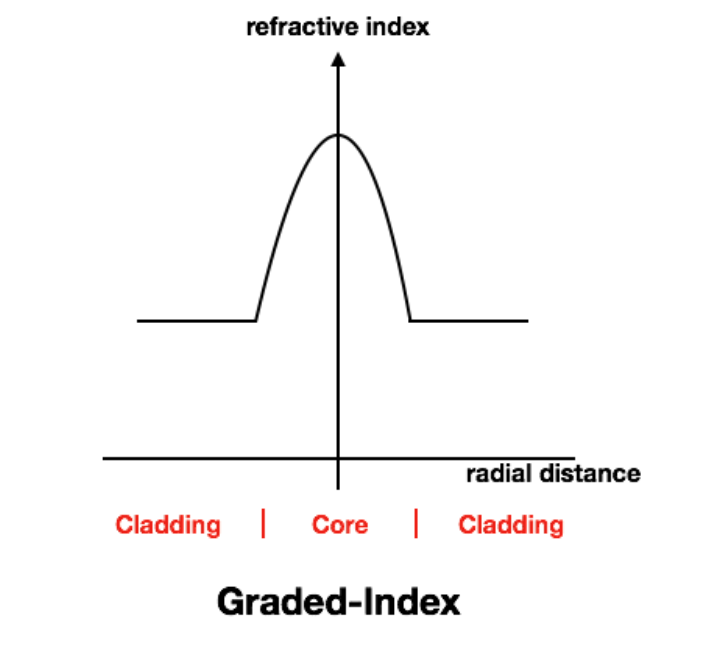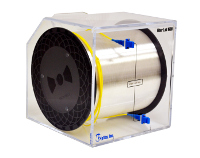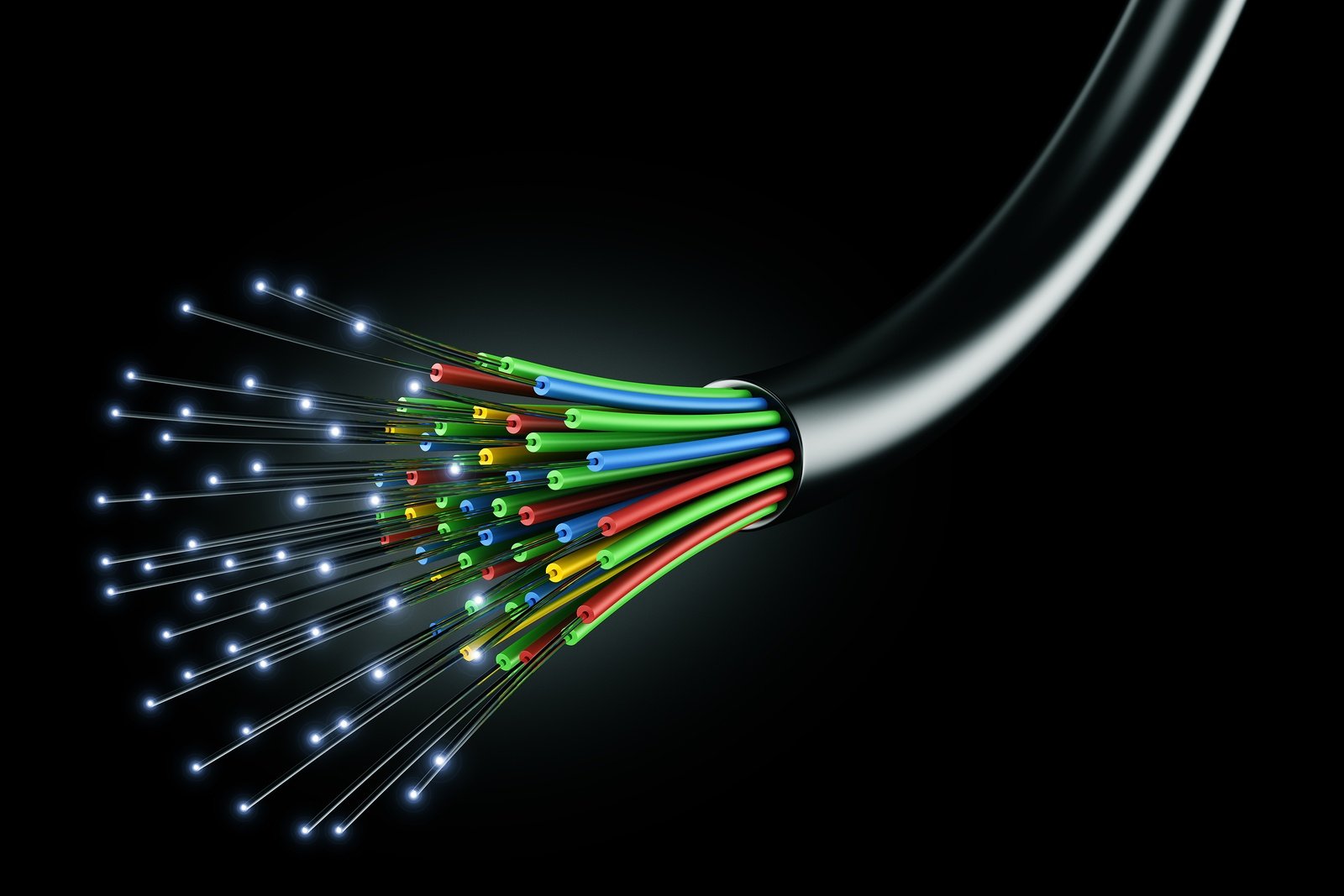OM5 optical fiber is the latest iteration in the family of multimode fibers that includes prior types OM1, OM2, OM3, and OM4. Formally introduced a few years ago in 2016 by the Telecommunications Industry Association (TIA) and the International Electrotechnical Commission (IEC), it is also known as "Wideband Multimode Fiber" (WBMMF) and was specifically designed to enhance optical transmission performance in both data center and enterprise networks.










